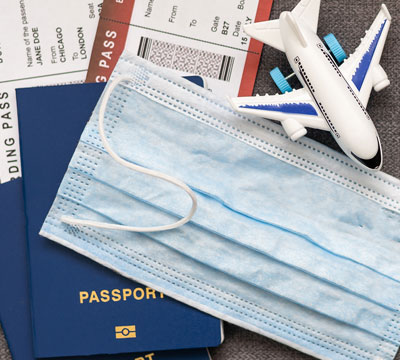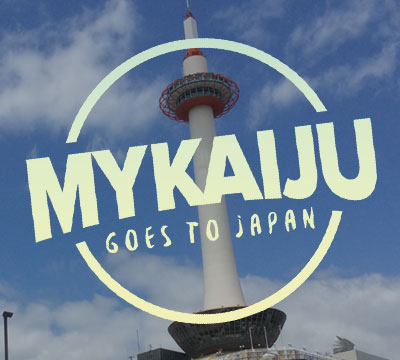7.2.19
Day two of my trip maybe the most important and meaningful. Today, I visited the last resting place for Daigo Fukuryu Maru (第五福龍丸) known as the Lucky Dragon No 5. The Daigo Fukuryu Exhibition Hall is a very sacred and special place. It’s a sanctuary and shrine home of the Japanese fishing boat exposed to the radiation and radioactive fallout from the secret U.S. hydrogen bomb test in the Bikini Atoll on March 1, 1954. Today, the Lucky Dragon, once left abandoned, alone, feared, and forgotten, now rests within a specially constructed tent-like hall for the world to never forget its crew and story.
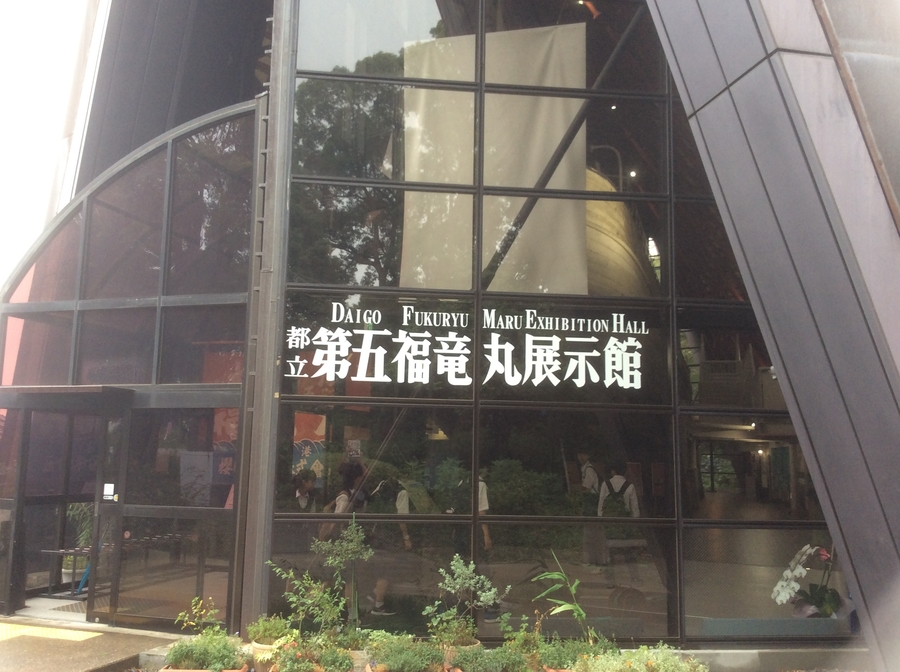
The story of the Lucky Dragon shaped the creation of our beloved monster Godzilla. Godzilla is like the 23 Japanese fisherman was also exposed to a high dose of radiation in the South Pacific islands transforming him into an unforgiving monster. At the core of the origin and existence of Godzilla lies a strong critique, warning and rebuke of nuclear weapons and proliferation. Godzilla like the boat is a very unlucky dragon lying beneath the sea.
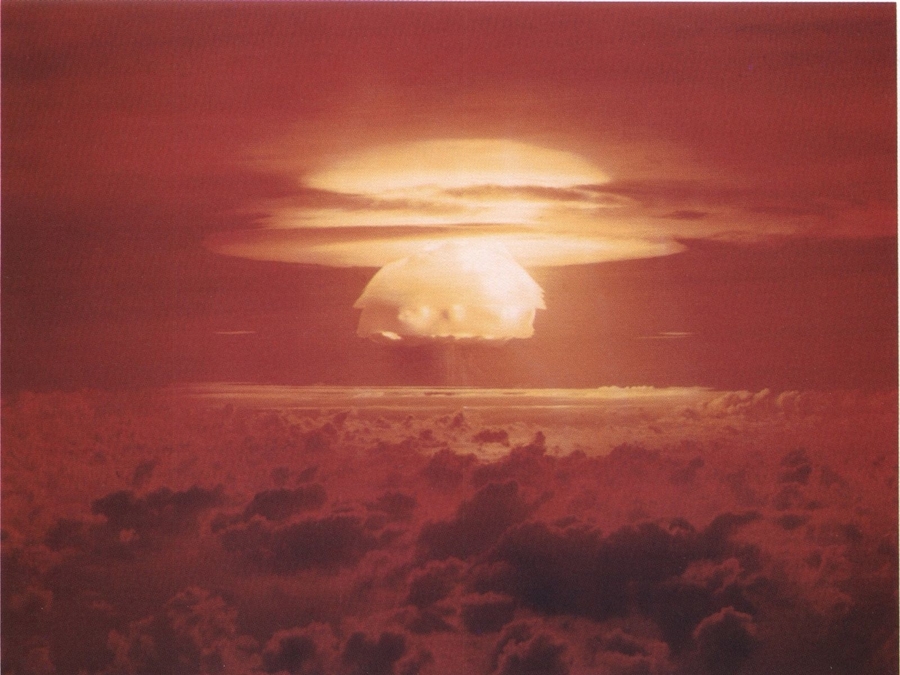
Gojira 1954 opens with the sinking of Japanese boat Eiko-maru reminding Japanese moviegoers of the tragic event several months earlier, the death of one of its crew, the spread of radiation across Japan, and the contamination of their fish supply. Godzilla sinks ship after ship like the hydrogen bomb exposed over 800 boats and leaves a trail of radiation in his wake. The film’s boats were also designed with the Lucky Dragon in mind. Godzilla’s origin is rooted in its tragic story.
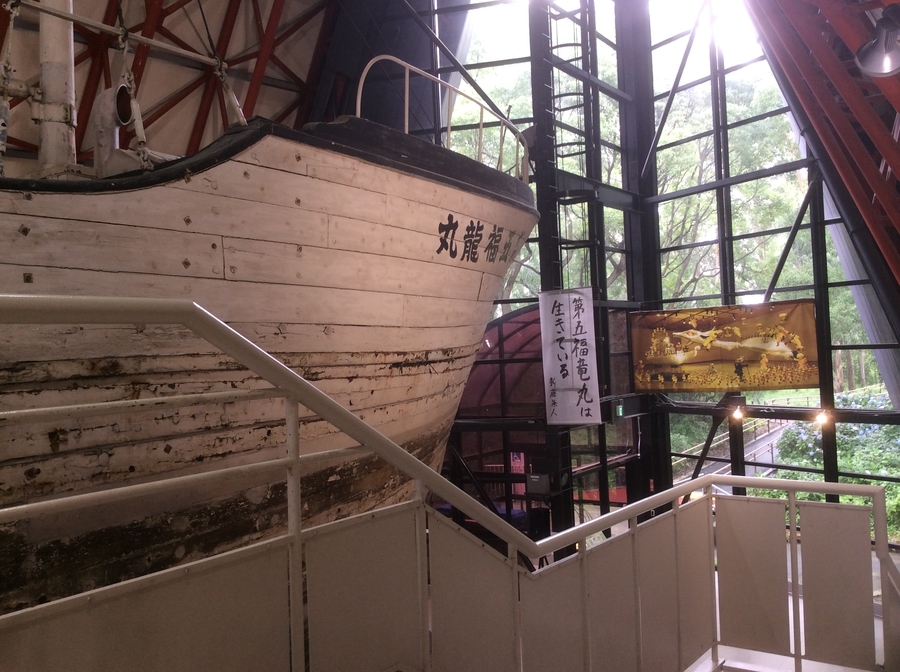
Seeing the Lucky Dragon was emotional. I feel a special kinship and connectedness with Japan and with those exposed to man-made nuclear radiation as a result of my experience during the March 11, 2001 earthquake, tsunami and Fukushima nuclear disaster. All my reading, research and writing about the Lucky Dragon culminated in my visit today. It was a sobering experience and served as a reminder that the monsters we fight are ourselves.

The exhibit details the events of that day and the dangers of nuclear proliferation. The infamous jar of death ash is on display along with the Geiger counter, ship calendar, logs, and more. Most important are the names and faces of the Japanese fishermen. Visitors can climb stairs to get a closer look and to see the ship’s deck where her crew hauled in their catch. There is a morse code interactive display that reminded me of the frantic SOS call of the Eiko-maru before its destruction. There’s much more to show and tell but I’ll leave that for the next issue of MyKaiku Magazine.

It was my first visit to the Daigo Fukuryu Exhibit Hall and it will not be my last. It should be a must-see destination for every Godzilla fan who travels to Japan. Later today, I went to other places but there is no one more important than this Godzilla place.

